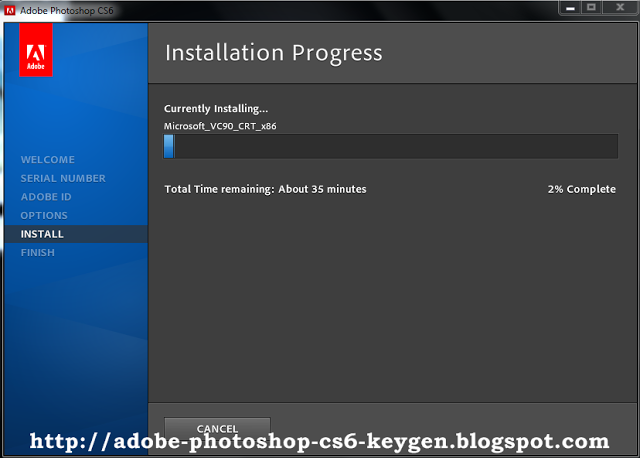
/cdn.vox-cdn.com/uploads/chorus_image/image/70528081/rsz_adobestock_289728851.0.jpg)
Using the new Rendering Toolbar, you can now swap between seeing how a page will look onscreen, on a handheld or in print. Most impressive is version 8’s support for CSS media types. And to make life a little easier when working with CSS-positioned layouts, new visual aids are available to highlight CSS outlines, boxes and backgrounds, while tooltips provide greater feedback.

In particular, the core Design view has been updated to fully support advanced CSS techniques, such as overflow handling, form elements and pseudo-elements. Other improvements to Dreamweaver’s wysiwyg concentrate on enhanced support for CSS (Cascading Style Sheets), the layout and formatting mark-up language designed to work alongside HTML. You can control the display, locking and snap setting of guides, and Dreamweaver 8 includes a limited selection of preset guides representing the safe visible area of browsers at various screen sizes. Of much more practical use is the new support for rulers and draggable guides, complete with tooltips for providing feedback on position and distances. While all this is potentially helpful for those working on high-resolution screens or when aligning objects, its importance shouldn’t be overplayed – web design is nearly always viewed at 100 per cent. In terms of design power, Dreamweaver 8 now falls into line with GoLive by offering a comprehensive zoom capability – ranging from 6 to 3,600 per cent – and Fit All, Fit Width and Fit Selection commands.


 0 kommentar(er)
0 kommentar(er)
